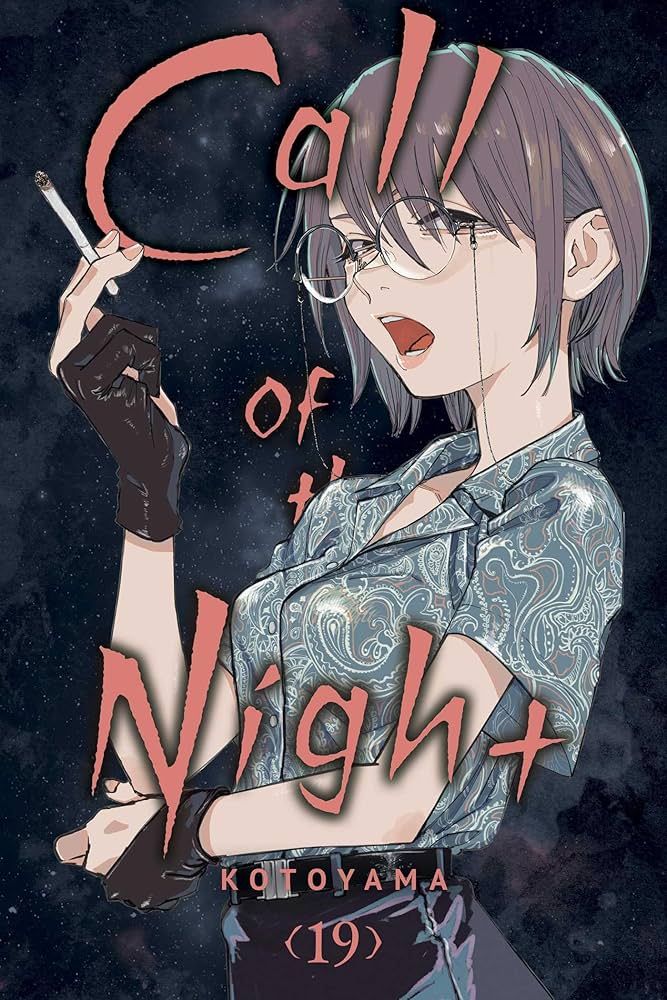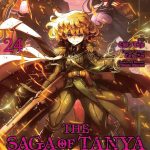Call of the Night Vol. 19 deepens the emotional complexity between Ko Yamori and Nazuna Nanakusa as their relationship begins to shift in unexpected ways. As Ko finds himself slowly drawn back into the rhythm of daytime life—attending school and reconnecting with old friends—the contrast between his human responsibilities and nocturnal adventures becomes more pronounced. This transition not only challenges his identity but also tests the nature of his bond with Nazuna. For a series that has always thrived on quiet intimacy and lingering moments, this volume captures a particularly poignant kind of distance between its leads.
Nazuna, ever the confident and teasing vampire, starts to show cracks in her usually unflappable facade. Her growing insecurity is handled with subtlety as she struggles to articulate the fear creeping into her thoughts—fear that Ko might be drifting away. For the first time in the series, we see Nazuna confronting the idea of loss in a real, vulnerable way. It’s a poignant turn that humanizes her even more, pulling back the curtain on her loneliness and emotional fragility.
Ko, on the other hand, begins to question whether Nazuna has been feeding elsewhere. The lack of recent blood-sucking interactions—a ritual that once symbolized their connection—creates a rift between them. Neither of them confronts the issue directly at first, which builds a slow-burning tension across the chapters. This emotional misalignment becomes the driving force of the volume, allowing Kotoyama to explore themes of communication, mistrust, and fear of change in a refreshingly mature manner.
What makes Volume 19 so impactful is how it balances those heavier emotional themes with the series’ signature style: quiet nighttime wanderings, introspective dialogue, and the romantic ambiguity that defines Ko and Nazuna’s relationship. The story doesn’t rely on grand gestures or melodrama. Instead, it focuses on the everyday uncertainty of feelings and the internal chaos that arises when relationships begin to shift. That grounded approach makes their evolving dynamic feel all the more real.
The supporting cast also gets moments to shine, helping to emphasize Ko’s shifting perspective. His daytime connections remind him of a world he once belonged to, one that offers comfort and normalcy, but also limitation. This contrast adds depth to his inner conflict and raises new questions about what he truly wants: to live an ordinary human life or to continue chasing the unknown under the moonlight.
Kotoyama’s artwork continues to impress, using light and shadow as storytelling tools. The urban nighttime backdrop remains a character in its own right—mysterious, intimate, and full of emotion. Facial expressions are rendered with delicate care, capturing fleeting emotions that words often fail to express. From Ko’s moments of doubt to Nazuna’s hidden jealousy, the visuals carry the weight of the story just as effectively as the dialogue.
Pacing-wise, the volume feels deliberate, with each chapter slowly peeling back layers of both characters’ feelings. There’s no rush to resolve tension, which allows the emotional stakes to build naturally. This careful pacing rewards readers who have been following the relationship since the beginning, offering a deeper look into the fears and hopes that have always lingered beneath the surface.
I absolutely loved this volume and can’t wait to see how the series continues. Call of the Night Vol. 19 delivers emotional depth, stunning art, and quiet introspection in equal measure. Watching Ko and Nazuna stumble through their growing attachment while confronting the possibility of change made this installment both bittersweet and beautiful. The night still holds many secrets for them, and I’m eager to follow wherever their path leads next.



